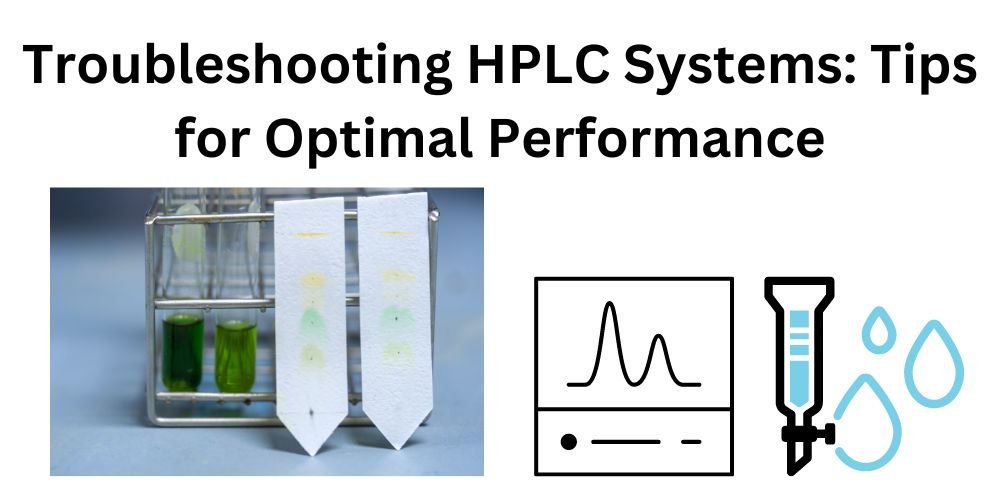HPLC i.e. High-Performance Liquid Chromatography is an analytical technique that is powerful. This incredible technique is used in different industries to separate, identify, and quantify components in a sample. However, like any other complex instruments, HPLC systems too can encounter issues that can affect the performance and data reliability. In this article, we will delve into understanding the troubleshooting tips to ensure the optimal operation of HPLC systems are present to maintain the integrity of the analytical results.
How Does HPLC Work?
HPLC systems operates on the primary principle of chromatography. This is where a mobile phase (solvent) carries a sample through a stationary phase (column) under high pressure. Components in the sample then interacts differently with the stationary phase. This leads to separation which is based on the component’s chemical properties. Detection of these separated components occurs they elute from the column. This provides valuable information about the sample composition for contemplating appropriate results as done by trusted companies like LCGC India.
Tips on Troubleshooting HPLC Systems
1. Initial checks
Before understanding the trouble shoot issues, you must first perform all the basic checks to first ensure that the system is correctly set up or not. You must verify that all connections to the system are secure, solvent levels are adequate, and the column is correctly installed. First, check for any error messages on the instrument’s display and then consult with the user manual for any guidance on troubleshooting.
2. Inspect for Leaks
The most common issues faced with HPLC systems is leaks in it, which can compromise its performance and can lead to inaccurate results. You must thoroughly inspect all the tubing connections, its fittings, and seals for any signs of leaks. Then, if necessary, tighten or replace the damaged components to prevent further solvent leakages and hence, maintain the system’s integrity.
3. Baseline and Detector Issues
Fluctuations in baseline signal or any detector sensitivity can also indicate issues with either the detector or the mobile phase composition. First check for the aur bubbles in the detector flow cell and then purge the system, only if it is necessary to do so.
You must always verify the detector lamp, as to whether it is functioning correctly or not. If it is dimming or flickering, you must replace it. Additionally, you must ensure that the mobile phase composition is consistent and is free from any contaminants that may interfere in the detection and ultimately hamper the results.
4. Isolate the Pump Problems
The HPLC pump is mainly responsible for delivering the mobile phase at a precise flow rate. If you are experiencing flow rate deviations or any irregularities, you can check for air bubbles in the pump’s inlet line and degas the solvent if it is necessary. Also, inspect the pump seals and pistons for the wear and replacement if damaged. Always calibrate the pump according to the manufacturer’s recommendations to ensure accurate flow delivery.
5. Software and Data Issues
Software issues can disrupt all the HPLC operations and can compromise data integrity. You must ensure that the instrument’s software is up-to-date and is compatible with the operating systems. Also, you must calibrate the detectors and perform a proper system suitability test regularly to verify the instrument’s performance. Always backup your data regularly and troubleshoot any software errors promptly to prevent any data loss or corruption.
Conclusion
Troubleshooting in the GPLC systems requires a systematic approach and attention to detail. This aids you in identifying and resolving any issues effectively beforehand. By following the tips mentioned above, analysts can maintain an optimal performance of the HPLC system to minimize downtime and ensuring reliability of the results.







